Image
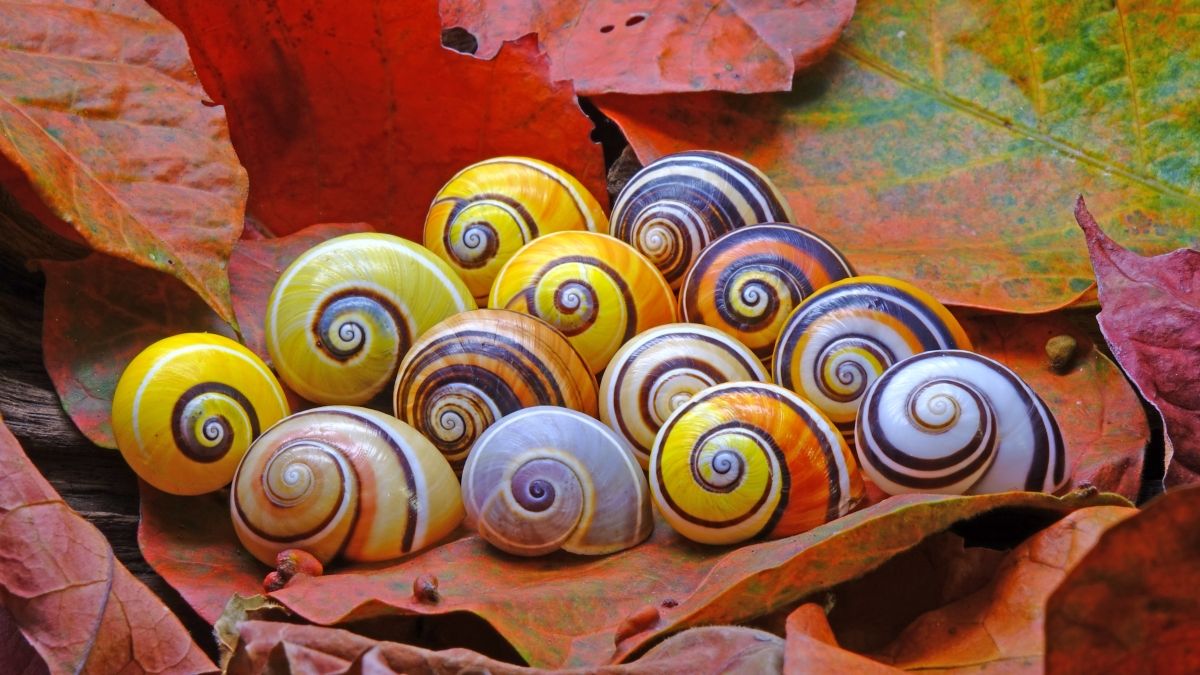
Explore the world of environmental education case studies that reflect the complexity, messiness, beauty, and diversity of EE programs across the planet that strive to create a more sustainable future for us all. Use this guide as a tool to educate and mentor the next generation of environmental stewards.
This GEEP e-book Environmental Education in Action: Learning from Case Studies Around the World explores the world of environmental education (EE) case studies—studies that reflect the complexity, messiness, beauty, and diversity of EE programs across the planet that strive to create a more sustainable future for us all.
In these chapters, we explore what a case study is and how to create one, and examine the ways in which you can use case studies as teaching tools. The examples we offer can be used in university courses and professional development workshops for educators, and each includes discussion questions and activities designed to promote critical conversations about EE. We hope that these chapters will prompt you to reflect on and enhance your own work in the field, too, as you educate and mentor the next generation of environmental stewards.
Part 1: Introduction to Learning with Case Studies
Image
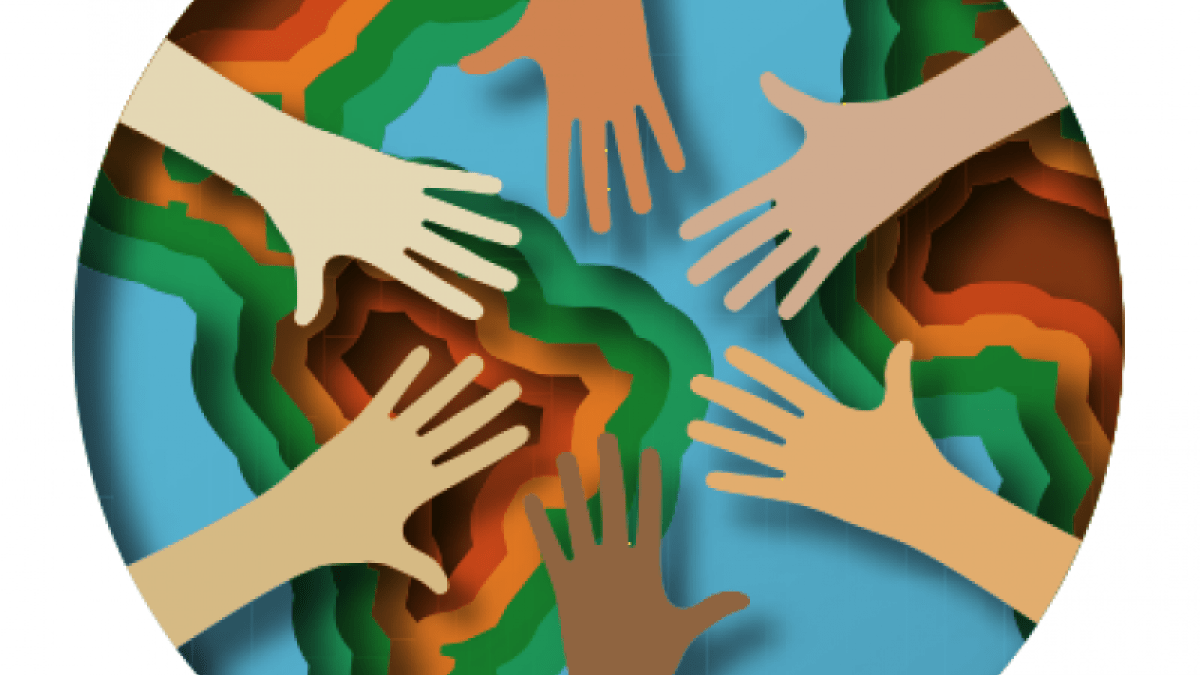
Introduction: The Power of Case Studies
Start here to explore the many ways case studies can be used as learning tools and be sure to explore our case studies library!
Judy Braus, Executive Director, NAAEE
Image
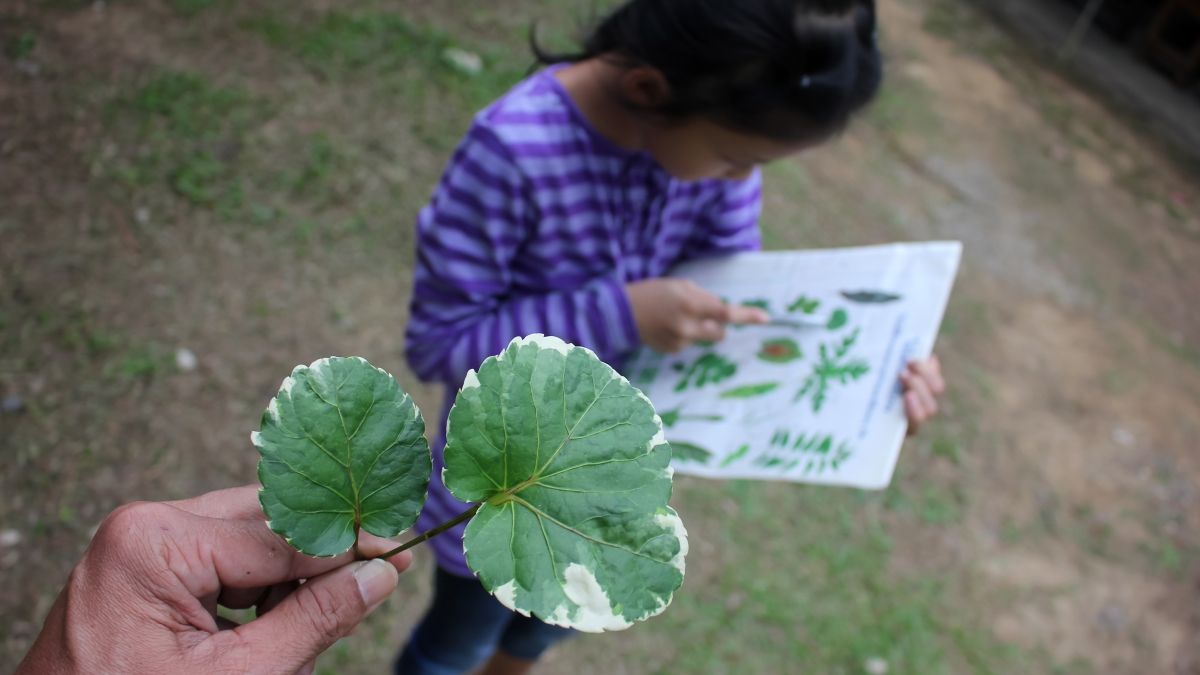
Learning Through Case Studies
Case studies can be helpful in identifying effective teaching practices to foster critical thinking and solve problems in real-world contexts. Learn how!
Alex Kudryavstev, Cornell University; Melissa Taggart, NAAEE
Part 2: Topics in Environmental Education
Image
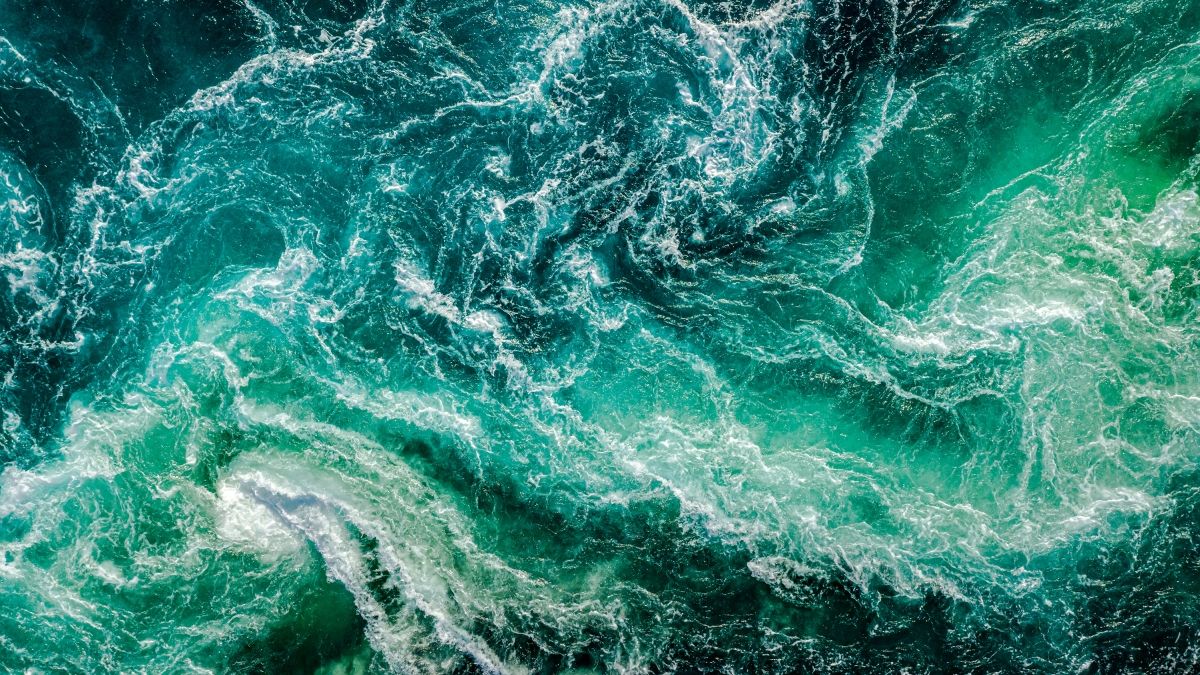
The Global Evolution of Ocean Literacy
Explore ocean literacy and analyze challenges and opportunities for engaging global citizens in an expanding ocean literacy campaign.
Catherine Halversen, University of California, Berkeley; Sarah Schoedinger, National Oceanic and Atmospheric Administration; Susan Haynes, Groundswell/National Oceanic and Atmospheric Administration; Diana Payne, University of Connecticut; Géraldine Fauville, University of Gothenburg
Featured Case Studies:
Image
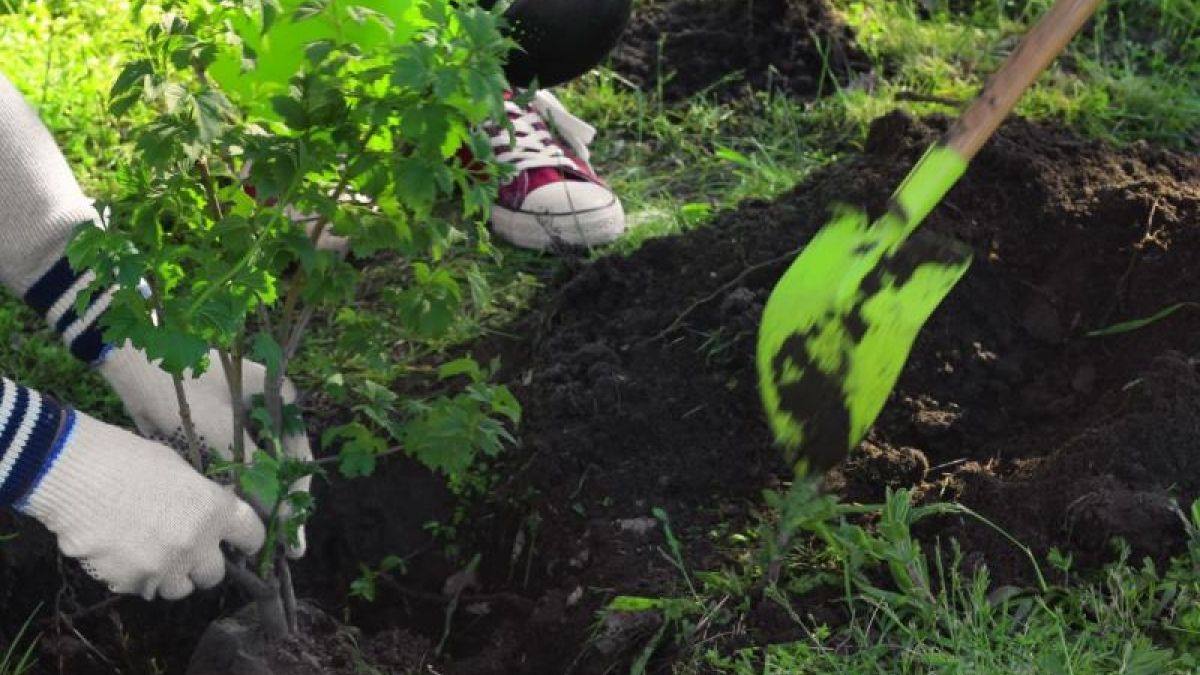
Positive Youth Development
Environmental education builds on many of the tenants of positive youth development (PYD), including the idea that young people have personal assets and skills that should be fostered and developed.
Alex Kudryavtsev, Cornell University
Featured Case Study:
Image
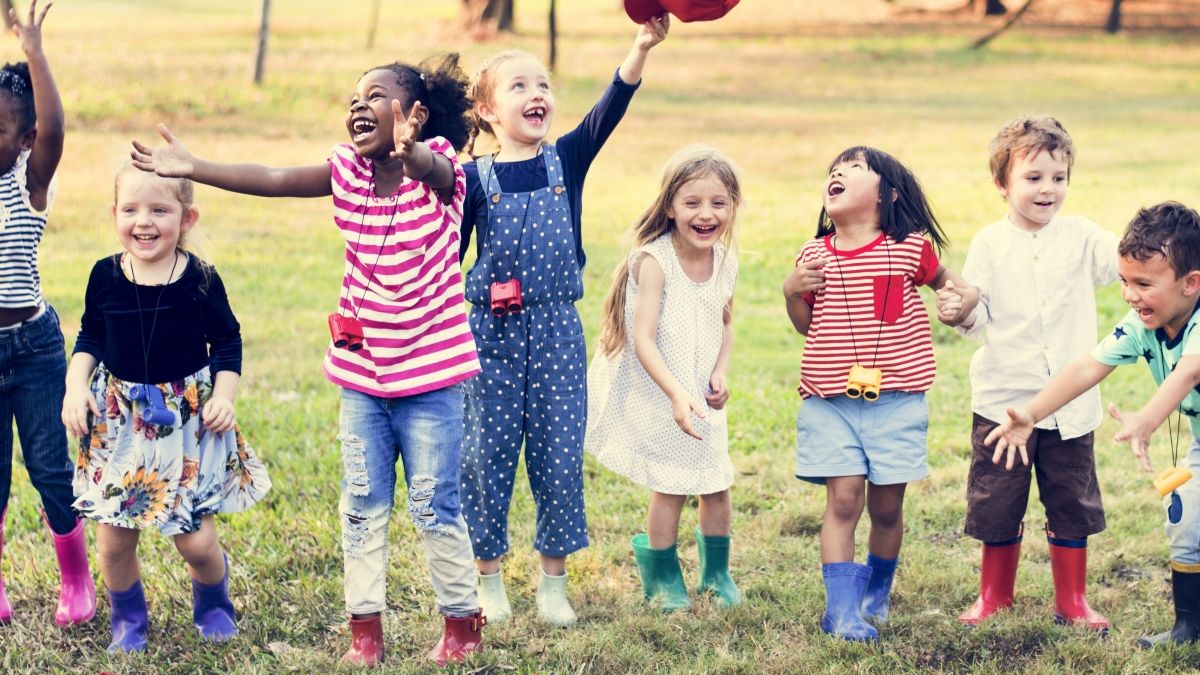
Early Childhood Environmental Education
Early childhood environmental education serves children from birth to age eight—infants, toddlers, preschoolers, and early elementary students.
Christy Merrick, Director, Natural Start Alliance
Featured Case Study:
Image
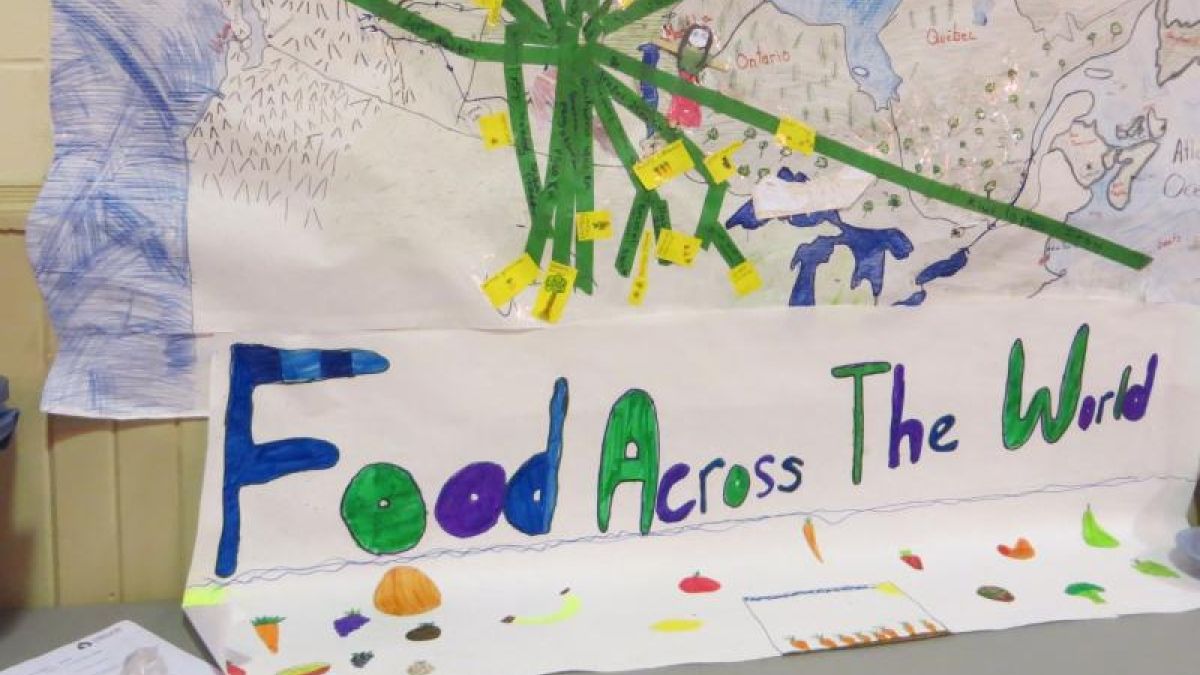
Climate Change
Explore several research-based, practical approaches that can be used in climate change education.
Melissa Taggart, NAAEE
Featured Case Study:
Case studies are useful learning tools that demonstrate how theory applies to practice. These real world examples educate and inspire, and we have many more for you to explore!